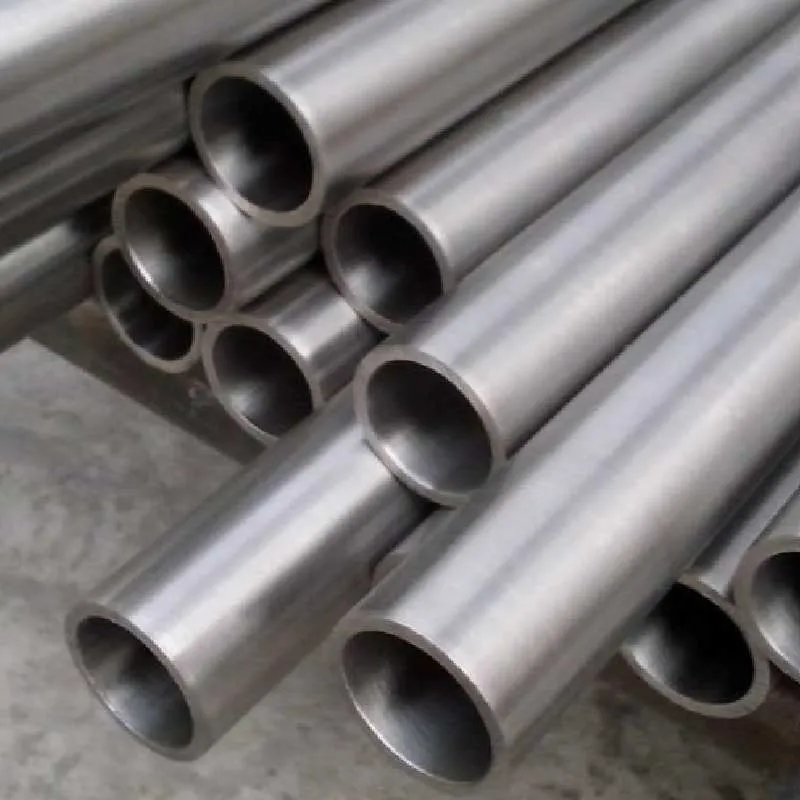-
Cangzhou Yulong Steel Co., Ltd.
-
Phone:
+86 13303177267 -
Email:
admin@ylsteelfittings.com

Nov . 24, 2024 12:46 Back to list
flange plate adapter
Understanding Flange Plate Adapters A Comprehensive Overview
Flange plate adapters play a critical role in various industrial applications, providing a reliable means of connecting pipes, valves, and equipment. These essential components are designed to facilitate the safe and efficient transfer of fluids and gases, making them indispensable in sectors such as oil and gas, water treatment, petrochemicals, and manufacturing. In this article, we will explore the function, types, advantages, and considerations involved in using flange plate adapters.
What is a Flange Plate Adapter?
A flange plate adapter is a type of mechanical connector that consists of a flat plate with a flange protruding from its edge. This flange typically features holes that align with corresponding holes on other flanges, allowing for bolted connections. The primary purpose of a flange plate adapter is to bridge two different system components—often differing in size, shape, or material—while maintaining a tight, leak-proof seal.
Types of Flange Plate Adapters
There are several types of flange plate adapters available, each designed for specific applications
1. Standard Flanges These are the most common type, suitable for general-purpose use in low to medium pressure systems. They come in various standard sizes and materials, making them versatile for many applications.
2. Raised Face Flanges Characterized by a protruding face that enhances sealing surfaces, raised face flanges are ideal for high-pressure systems. They ensure a tighter seal and minimize the risk of leaks.
3. Socket Weld Flanges Designed for welded applications, socket weld flanges provide excellent strength and stability under high-pressure conditions. They are often used in industries where vibration or shock loads are prevalent.
4. Blind Flanges These flanges are used to seal off the end of a piping system. Blind flanges do not have a hole in the center and are often employed during maintenance or when a system is being temporarily shut down.
5. Lap Joint Flanges Featuring a flat back and a loose fitting with another component (often a stub end), lap joint flanges are commonly used in applications requiring frequent dismantling for inspection or maintenance.
Advantages of Using Flange Plate Adapters
flange plate adapter

Flange plate adapters offer numerous advantages in industrial applications
- Ease of Installation The bolted connection allows for straightforward assembly and disassembly, making maintenance and repairs quick and efficient.
- Versatility With various sizes, materials, and types available, flange plate adapters can be integrated into many different systems, regardless of the specific requirements.
- Leak Prevention Properly installed flange plate adapters create a secure seal, which minimizes the risk of leaks and enhances overall system reliability.
- Load Distribution The design of flange plate adapters helps distribute stress evenly, reducing wear and prolonging the life of connected components.
Considerations When Using Flange Plate Adapters
While flange plate adapters offer multiple benefits, there are some critical factors to consider
- Material Compatibility Ensure that the material of the flange adapter is compatible with the fluids or gases being transported to prevent corrosion or contamination.
- Size and Pressure Ratings It is essential to select the correct size and pressure rating for the application requirements to maintain efficiency and safety.
- Installation Techniques Proper installation techniques should be followed, including torque specifications and the use of gaskets, to ensure a secure connection and avoid leaks.
In conclusion, flange plate adapters are vital components in many industrial systems, providing flexibility, reliability, and ease of maintenance. By understanding their types, advantages, and considerations, engineers and technicians can make informed decisions that enhance the efficiency and safety of their operations. As industries continue to evolve and adapt, flange plate adapters will remain an essential aspect of system design and functionality.
Latest news
-
ANSI 150P SS304 SO FLANGE
NewsFeb.14,2025
-
ASTM A333GR6 STEEL PIPE
NewsJan.20,2025
-
ANSI B16.5 WELDING NECK FLANGE
NewsJan.15,2026
-
ANSI B16.5 SLIP-ON FLANGE
NewsApr.19,2024
-
DIN86044 PLATE FLANGE
NewsApr.19,2024
-
DIN2527 BLIND FLANGE
NewsApr.12,2024
-
JIS B2311 Butt-Welding Fittings LR/SR 45°/90° /180°Seamless/Weld
NewsApr.23,2024
-
DIN2605-2617 Butt-Welding Fittings LR/SR 45°/90°/180° Seamless/Weld
NewsApr.23,2024











